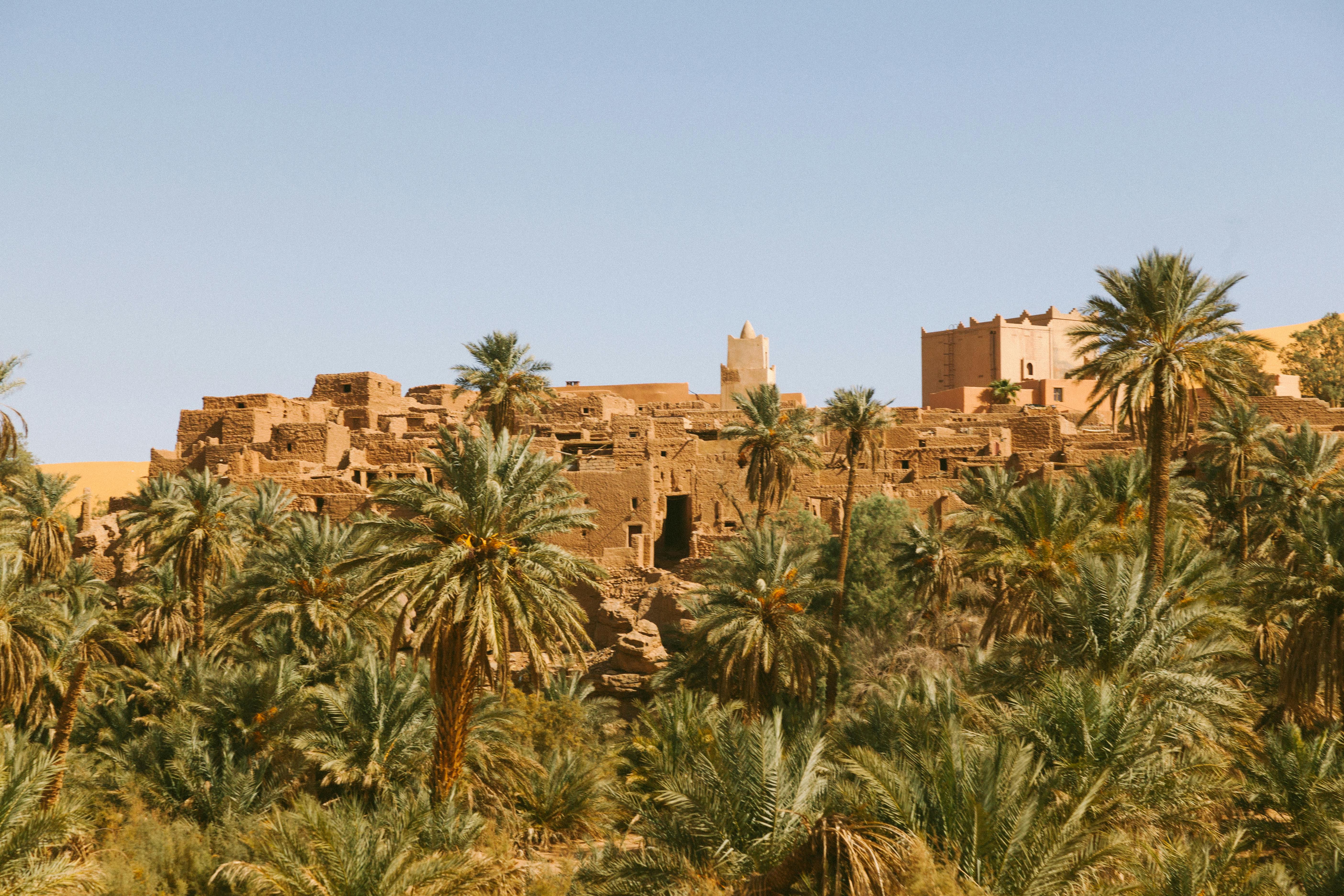The Dingle Peninsula, west of County Kerry in Ireland, is home to a wealth of archaeological and historical heritage and is of great interest to archaeologists, historians and folklorists or anyone interested in their Gaelic or Celtic roots.
Even in the prehistoric period, the area was inhabited, and many monuments from this era can be seen, such as the Ogham stones, strong headlands, megalithic tombs, and beehive huts.
Evidence of one of the earliest human settlements (8000-4000 BC) was found in the area at Ferriter’s Cove, near Ballyferriter. This was a temporary settlement, which was used on a seasonal basis. Remains of a wide variety of foods such as hazelnuts, deer, pigs, hares and birds have been found there, as well as fish bones, shellfish and even a cow.
The Loch a’Duin valley near Cloghane contains several monuments from the Bronze Age. In this valley there are more than 90 stone structures dating from 2500 BC to the present day. There are several kilometers of stone walls running through this area, much of it covered by peat bogs that have been built over the last 3,000 years. From archaeological excavations and pollen studies, it has been discovered that the Loch a’Duin valley was used for agricultural purposes from 1600 BC. Until the beginning of the Iron Age. The Iron Age (500 BC – 500 AD) is often associated with the Celtic period and the Dingle Peninsula has many monuments and relics from this time.
On the hillside above the town of Camp, about ten miles west of Tralee, is Cathair Con Ri (Caherconree), which is considered the best examples of a fortress headland in Ireland. The fort stands about 2050 feet high in the Sliabh Mish Mountains. Three sides of the promontory on which it is built are protected by steep cliffs, while the fourth side is defended by a dry stone wall that, although collapsed in places, is up to 3 meters high and 4.5 meters wide. . The high wall marks the boundary of the Corca Dhuibhne Barony, which encompasses most of the Dingle Peninsula. No one knows the true purpose of Caherconree. What was it for? Was it defensive, territorial, or the residence of a local tribe?
The Dingle Peninsula has a large collection of Ogham stones (almost 70). Ogham is the oldest form of Irish writing, and the stones may have been used as landmarks or they could also have been associated with land ownership. The stones bear the name of a man, and also refer to his father and grandfather. The name Dovinia or Duibhne (as in Corca Dhuibhne, the tribe of Duibhne), appears on several of these stones. Duibhne was a Celtic goddess of fertility and protection. One of the best examples of ogham stones is found at Dun Chaoin (Dunquin), on the mainland just across the bay from the Blasket Islands, on top of Dun Mor (the great fortress).
The remoteness of the Dingle Peninsula at the edge of the known world is one possible explanation for such a concentration of early Christian monastic settlements that settled there. Today there are more than 30 monastic sites with a variety of remains such as sacred wells, beehive huts, oratories, churches, cross slabs, shrines, burials, and solar dials. Some of these have been carefully excavated, explored, and studied.
There are numerous surviving ring forts from this period that are associated with human and animal habitation. Although a mythology has arisen around these ring forts (they are often referred to as “Fairy Forts” and are endowed with magical properties), in fact, they were practical structures used for shelter and defense. There are excellent examples of Ring Forts at Dun Clar in Annascaul and Cathair Deargain near Ballydavid.
No Viking remains survive on the peninsula; but the Vikings called the bay near Ballydavid “Smerwick”, which translates to “the bay of butter”.
From the Norman period (1170 onwards) the remains of five tower houses remain on the peninsula, the most impressive being in Minard, Gallarus and Rathinnane.
History did not stop there and there are a large number of items of interest to the modern historian that are also found on the peninsula.




